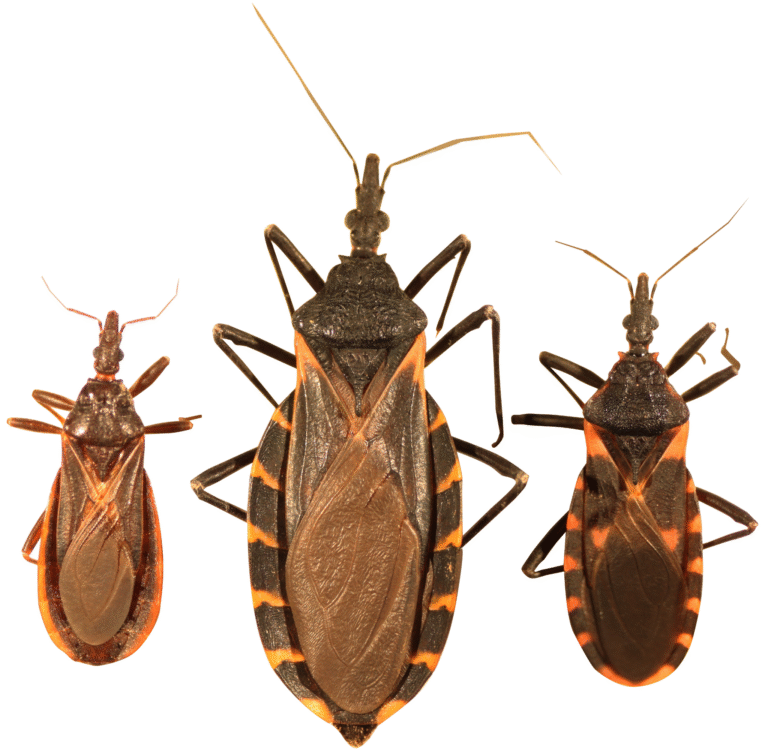
Introduction
Avian influenza disrupts ecosystems but also poses a threat to global food security. With countries like Nepal heavily reliant on poultry farming as an economic backbone, any outbreak can lead to devastating consequences for both livelihoods and public health. By comprehending its spread, symptoms, and prevention, communities can better equip themselves against this silent epidemic.
What is Avian Influenza?
Avian influenza is caused by Type A influenza viruses that occur naturally among wild aquatic birds and can infect domestic poultry and other animals. Notable for its zoonotic potential, certain strains like H5N1 and H7N9 can cause severe illness in humans, making it a significant public health concern.
The virus is classified based on two surface proteins: hemagglutinin (H) and neuraminidase (N). These proteins determine the infectivity and transmissibility of the virus. Strains such as H5N1 have demonstrated the ability to jump species, heightening concerns over their pandemic potential.
Historical Overview
The first documented case of Avian influenza in humans was in Hong Kong in 1997, linked to the H5N1 strain. Subsequent outbreaks have been reported globally, causing widespread devastation in poultry farms and raising fears of a potential pandemic. Nepal, with its dense poultry farming regions in Kathmandu, Bhaktapur, and Lalitpur, remains vulnerable to such outbreaks.
Notable outbreaks include the 2003-2004 H5N1 epidemic in Southeast Asia, which led to millions of poultry deaths and significant human casualties. The 2009 H1N1 pandemic, though primarily swine-related, highlighted the potential for rapid global spread of zoonotic influenza viruses.
Causes of Avian Influenza
The primary cause of Avian influenza is the transmission of the virus from infected birds to other birds or humans. Wild waterfowl often act as reservoirs, shedding the virus in their saliva, nasal secretions, and faeces. Humans typically contract the virus through direct contact with infected birds or contaminated surfaces.
Environmental factors also play a role. Poor hygiene in poultry farms, overcrowded bird populations, and inadequate biosecurity measures create ideal conditions for the virus to spread. Migratory birds, which travel vast distances, can introduce new strains to previously unaffected areas.
Common Strains of Avian Influenza
Among the many strains of Avian influenza, H5N1 and H7N9 are the most concerning due to their zoonotic potential and high mortality rates. Other notable strains include H5N6 and H10N8, which have caused sporadic human infections. Understanding these strains is crucial for targeted surveillance and vaccine development.
H5N1, in particular, has caused over 800 human cases globally, with a mortality rate exceeding 50%. Meanwhile, H7N9 emerged in China in 2013, causing severe respiratory illness in humans. These strains highlight the ongoing threat posed by Avian influenza and the need for continuous monitoring.
How Does Avian Influenza Spread?
Avian influenza spreads primarily through direct contact with infected birds or their secretions. The virus can also be transmitted via contaminated surfaces, equipment, or water sources. In humans, infection often occurs through close interaction with infected poultry or handling raw poultry products.
Zoonotic transmission remains rare but is a significant concern. Healthcare professionals emphasise the importance of personal protective equipment (PPE) and proper hygiene when handling potentially infected birds. Migratory birds further complicate control efforts, as they can carry the virus across borders.

Symptoms of Avian Influenza in Birds
Infected birds often exhibit symptoms such as:
Sudden death without obvious signs
Swelling of the head, comb, or wattles
Reduced egg production or soft-shelled eggs
Respiratory distress, including coughing and sneezing
Loss of appetite and lethargy
Early detection is crucial to prevent the spread within flocks. Farmers are encouraged to report any unusual behaviour or sudden deaths to veterinary authorities promptly.
Symptoms of Avian Influenza in Humans
Humans infected with Avian influenza may experience symptoms ranging from mild to severe. Early signs include fever, cough, and sore throat. Severe cases can progress to pneumonia, acute respiratory distress syndrome (ARDS), or multi-organ failure.
Prompt medical attention is essential for individuals displaying symptoms after exposure to infected birds. Antiviral medications, when administered early, can improve outcomes and reduce the risk of complications.
Diagnosis of Avian Influenza
Diagnosing Avian influenza involves laboratory tests, such as reverse transcription-polymerase chain reaction (RT-PCR) and viral culture. These tests confirm the presence of the virus and help identify its strain. Early diagnosis is critical for implementing effective containment measures.
Healthcare providers also rely on clinical assessments and patient history to determine the likelihood of infection. In outbreak scenarios, rapid diagnostic tests can aid in early detection and intervention.
Impact of Avian Influenza on Poultry Industry
The poultry industry suffers significant economic losses during Avian influenza outbreaks. Mass culling of infected and exposed birds, trade restrictions, and declining consumer confidence contribute to the financial burden. For countries like Nepal, where poultry farming supports rural livelihoods, such losses can be devastating.
Governments often compensate farmers for culled birds to mitigate economic hardships. However, long-term recovery requires investment in biosecurity, surveillance, and farmer education.
Global Preparedness for Avian Influenza
International organisations such as the World Health Organization (WHO) and the Food and Agriculture Organization (FAO) play a pivotal role in coordinating global responses to Avian influenza. These efforts include:
Establishing surveillance networks
Developing vaccines
Sharing research and best practices
Collaboration between nations is essential to address the transboundary nature of the disease. Countries are encouraged to adopt the “One Health” approach, which recognises the interconnectedness of human, animal, and environmental health. Read more







